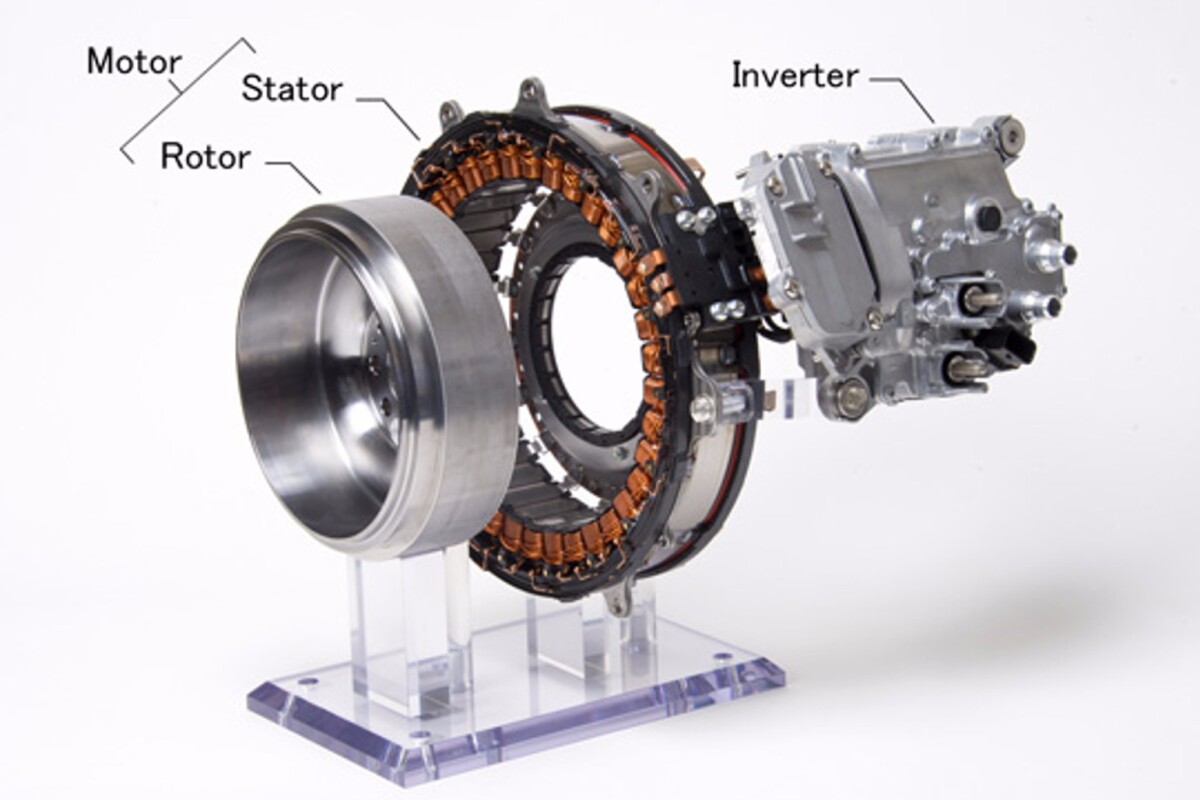Mitsubishi Electric has begun mass-producing the first crankshaft-mounted integrated starter-generator system for 48V hybrid systems. This system will be used by Mercedes-Benz and is on display at Tokyo Motor Show 2017.
Most hybrid systems are belt-driven, with the motor transferring power to the engine or drive shaft through belts and pulleys. These can limit maximum torque output allowances and can bleed some of the energy off. The Mitsubishi Electric integrated starter-generator (ISG) system connects directly to the crankshaft and eliminates those issues.
Most commonly, 48V hybrid systems are used in engine stop-start designs with the motor acting as both the starter and brake regeneration system. These systems are relatively low-cost to implement and give high returns for fuel economy. Mitsubishi Electric's system is designed to fit on the engine's crankshaft between the engine and the transmission.
Today's hybrid systems are aiding fuel efficiency and demand for them is expected to rise, especially in Europe. Mitsubishi Electric is mass-producing this new ISG for use in upcoming Mercedes-Benz models which use a 48-volt hybrid system. The company is working towards smaller and lighter weight versions of these higher-power ISGs as well.
Going with these goals, Mitsubishi Electric has its own proprietary coil winding technology for high-density configurations in 48V motors. These motors are designed to be thin in profile for flexibility in vehicle layout. Mitsubishi Electric also developed a new transfer-molded power module (inverter) for these systems to reduce heat resistance for added durability.
Source: Mitsubishi Electric




